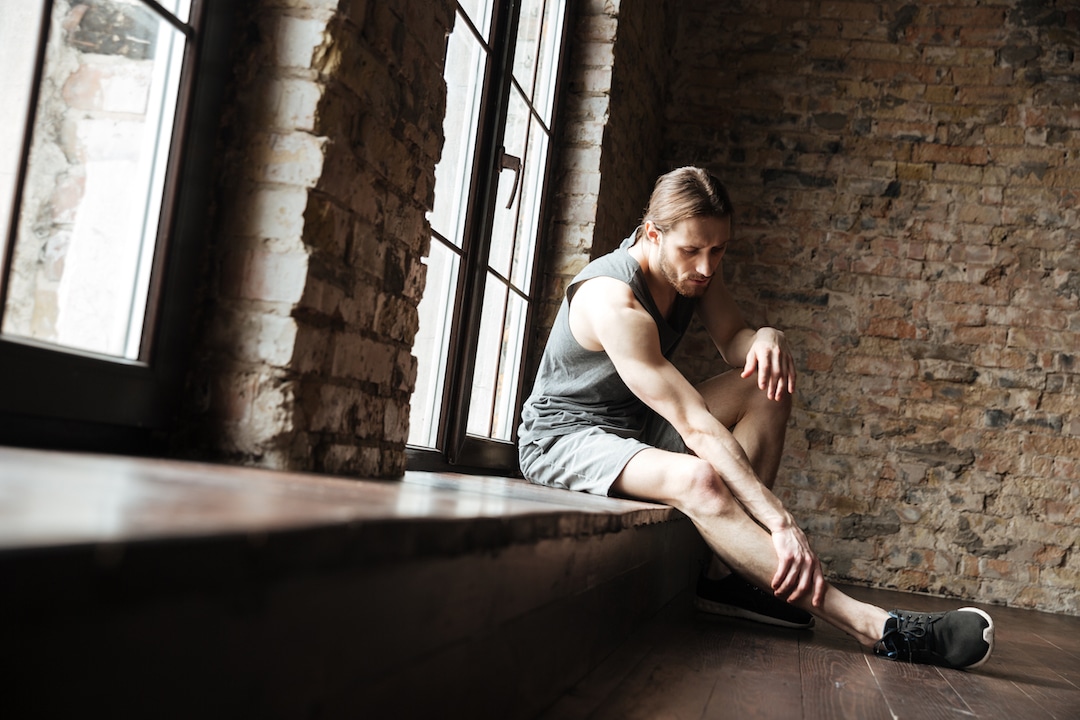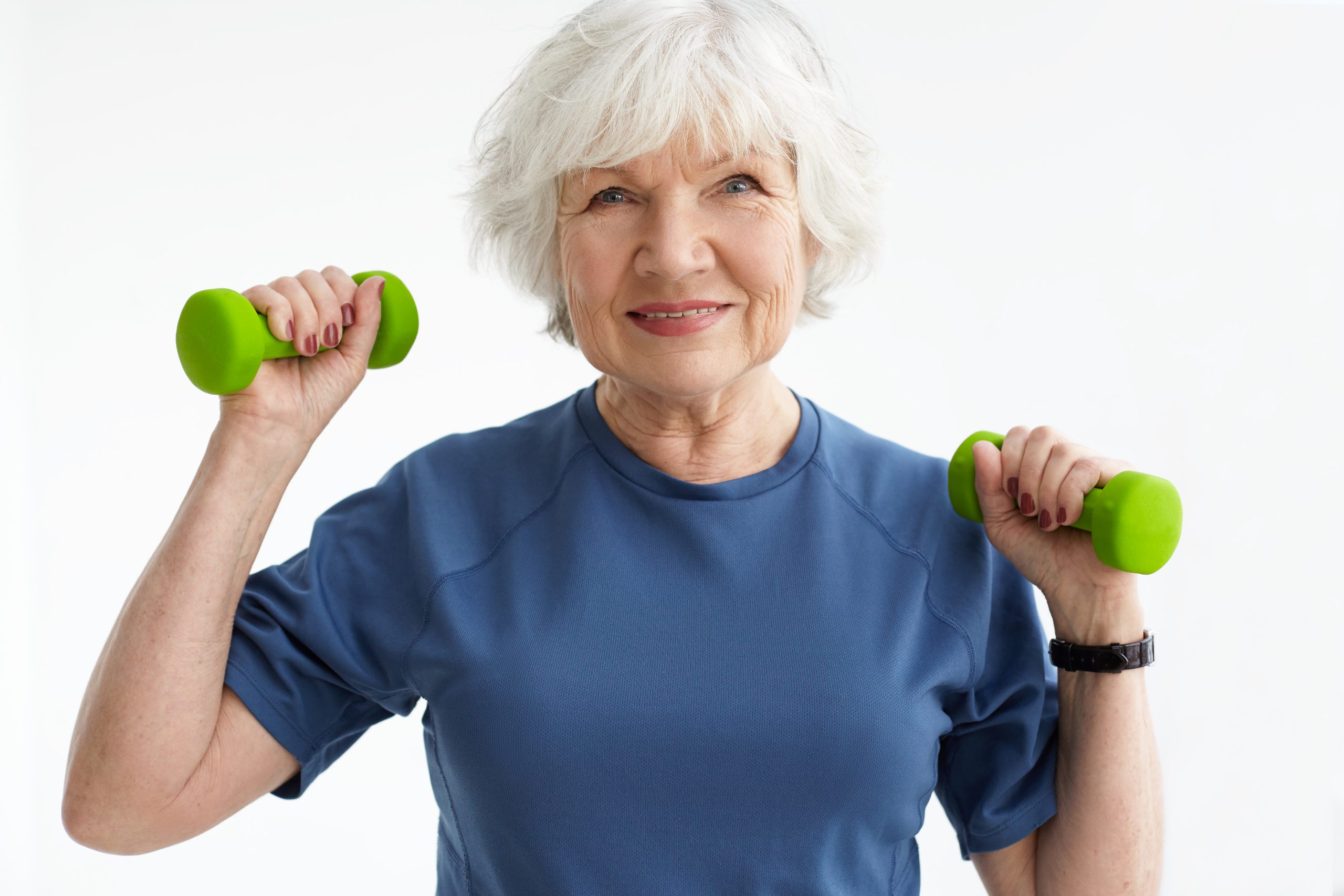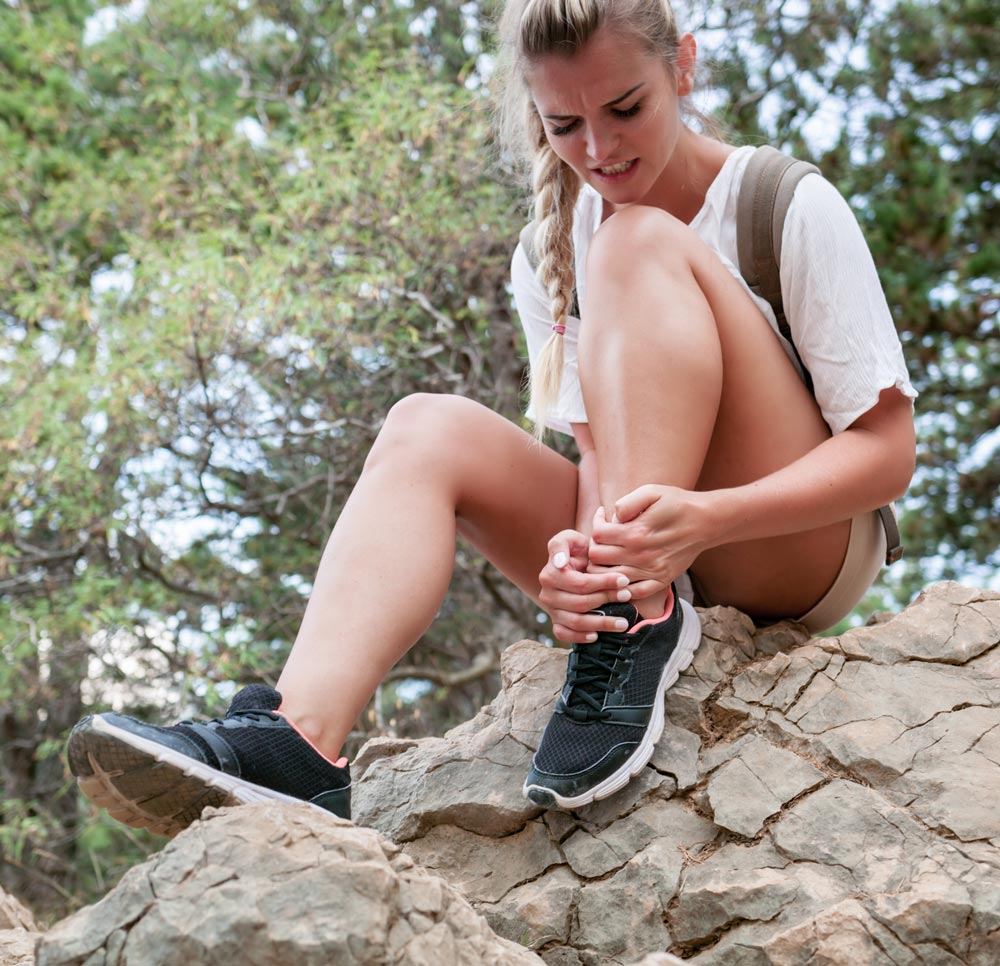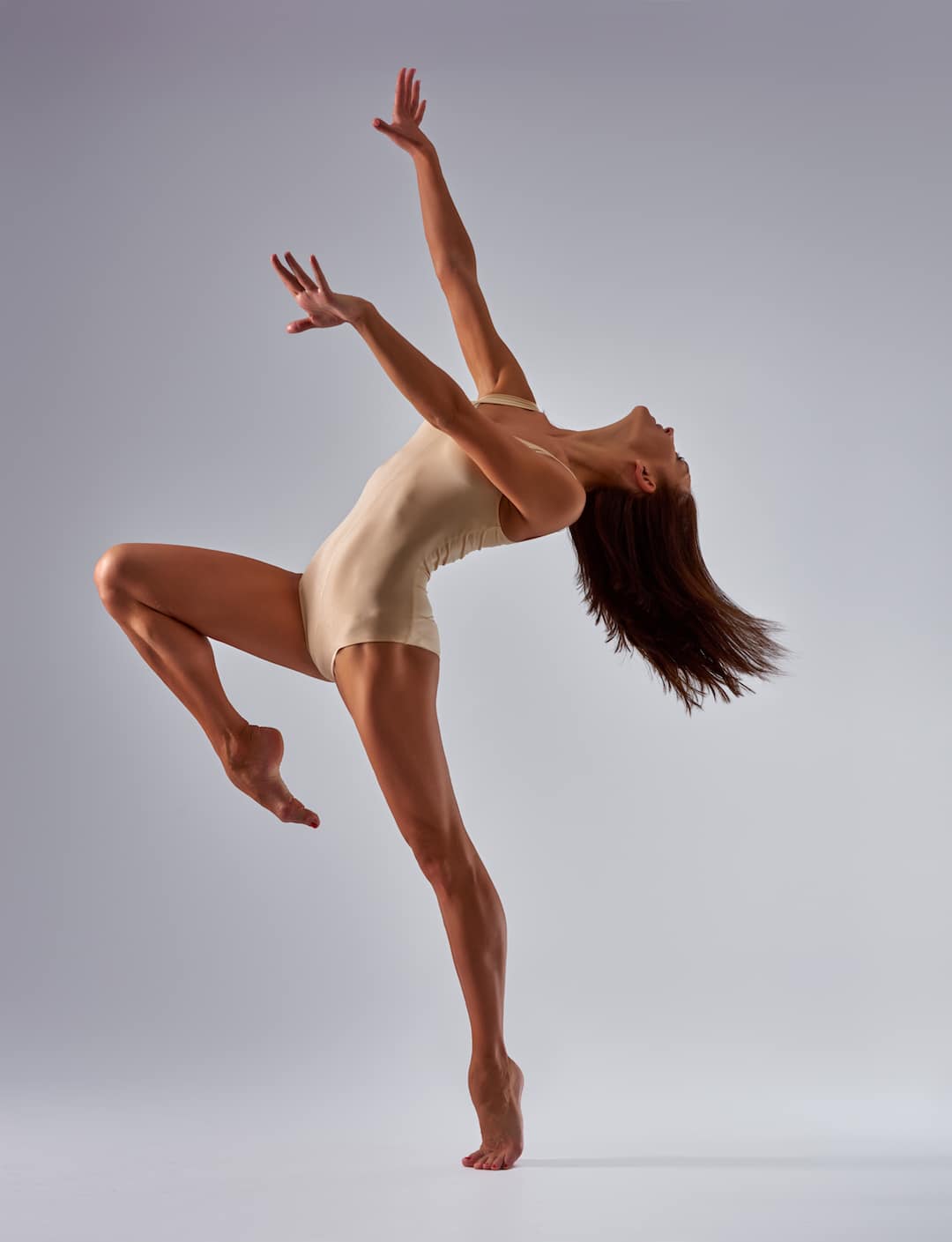
Sports and Biomechanics
Biomechanics is the study of the movement of living things. It describes the way that the body moves and the forces that are placed upon the various parts of the body; especially the bones, muscles, and tendons. Sports and biomechanics are often intertwined as with most sports our feet are our contact to the ground, and as such are required to cushion the force of the body through each step we take.
At Pivotal Motion Physiotherapy, we target our attention to the lower half of the body, and assess deficiencies and possible causes of pain, injury, and restriction to optimal function. Find out how we can help keep your movements at optimal levels by getting in touch with a sports physiotherapy team today.
When we perform a biomechanic assessment at Pivotal Motion Physiotherapy, we are aware that the body works as a whole, not just as an individual body part. As such, what happens at the feet can affect the ankle, or the knee, or the hip. This also works in a visa versa fashion.
Sports and Biomechanics Assessments
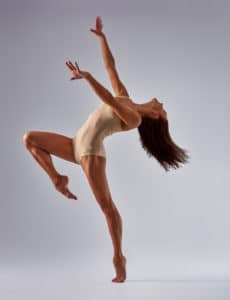
A biomechanics assessment will look at the lower limb as a whole, and assess the joints, muscles, and structure of the feet, legs, and hip.
Your gait, or the way that you walk, is examined for tell-tale signs of overuse, incorrect positioning, and abnormal force distribution. Often times, injuries cause abnormal movement patterns or what’s referred to as antalgic postures.
We have antalgic postures because we are trying to protect the injured body part by loading up other structures and taking the pressure off the injured part.
This can be detrimental in the long term, our body is designed to work as efficiently as possible, in cases where we have antalgic postures, we aren’t loading the body’s structures in the correct way. It can lead to further injury down the track.
Once the problem is identified, our team can then implement correction strategies, usually in the form of acute treatment, stretching and strengthening, footwear modification and advice, or orthotic therapy.
Some of the many conditions that an exercise physiologist can treat through a sports and biomechanics assessment and intervention include:
- Plantar fasciitis
- Hip and lower back pain
- Knee pain
- Shin splints
- Calf pain
- Achilles tendinopathy
- Forefoot pain
- Heel pain
- Leg length differences
- Diabetic feet
- Rheumatoid arthritis
- Osteoarthritis
- Tibialis posterior dysfunction
- Severs disease
- In-Toe Walking
- Tip-Toe Walking
- Pronated/ ‘rolling in’ foot posture
- Supinated/ ‘rolling out’ foot posture
- Clawing toes
Interested in learning more about sports and biomechanics or how we can tailor a biomechanics assessment to your unique needs? Make an appointment with our physio Brisbane team or call us on 3352 5116 today.
Updated 29/05/2020

